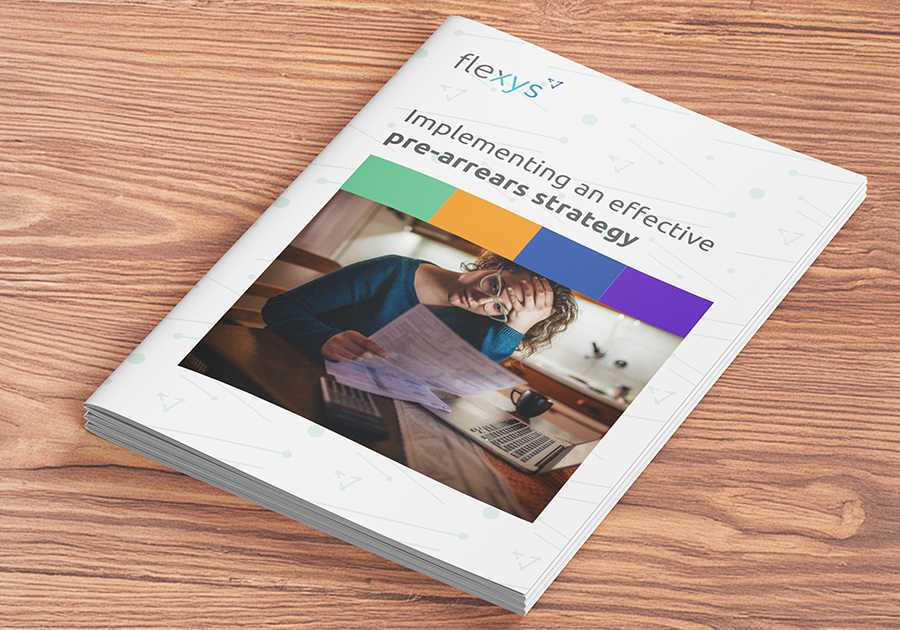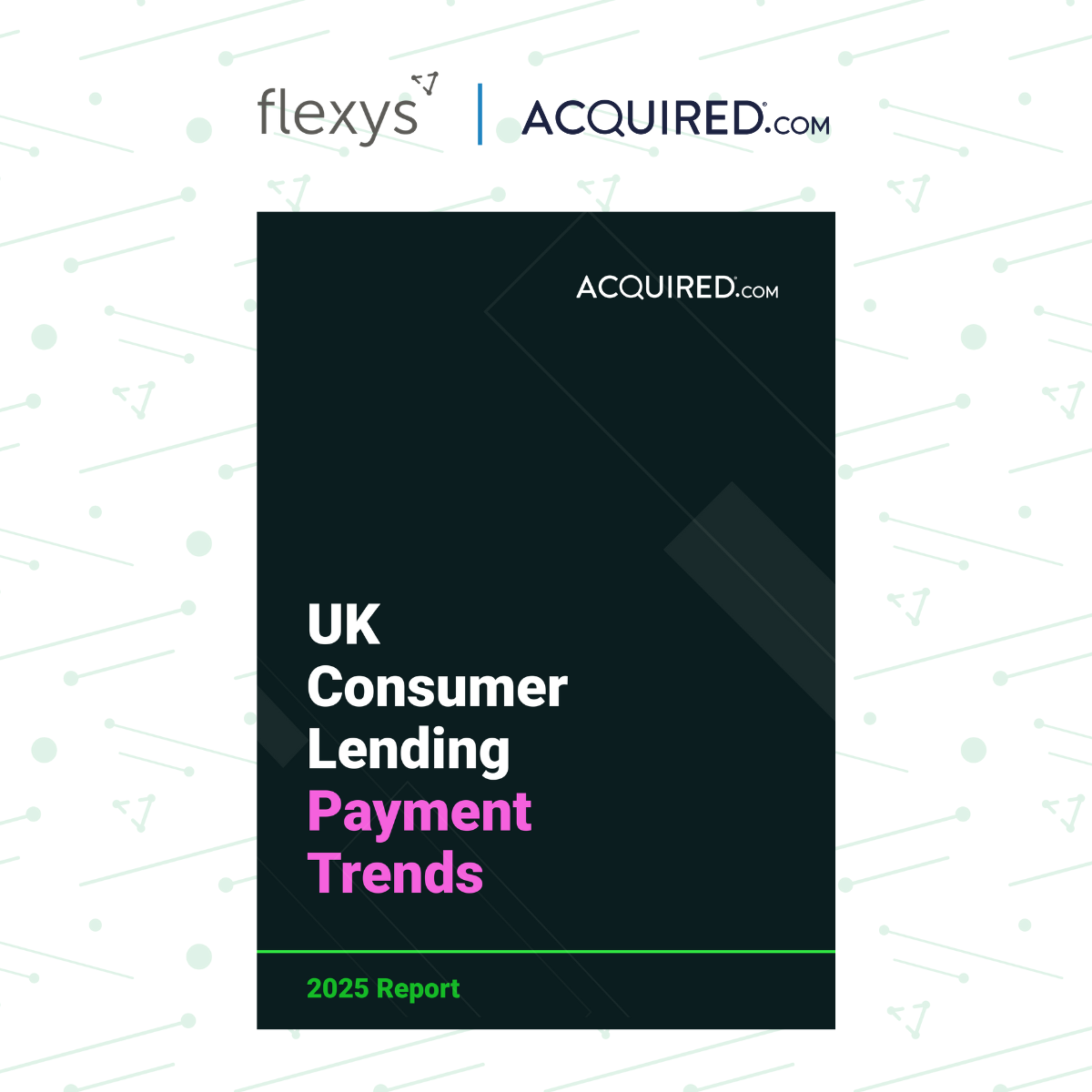What’s missing from the 2025 FCA vulnerability review?
Have you ever phoned your bank to find yourself being rushed through a lot of complex information by a busy call centre agent? Maybe you’ve gone online only to find the process indecipherable and ended up back in a long call queue. And when you speak to the company a week later, they have no record of your conversation, and you have to go through your entire story again.
If these experiences don’t work for non-vulnerable customers, why would we expect them to work for vulnerable customers? After 10 years of FCA focus on vulnerability (dubbed the 'Vulnerability Decade' by the Money Advice Trust), how can this still be the case?
What did the FCA review find?
The FCA's research, using insights from 725 firms and 1500 consumers, along with analysis of Financial Lives survey (FLS) data, indicates that vulnerable customers are still experiencing poorer outcomes compared to everyone else, especially when it comes to how they communicate with financial service providers.
Even though there has been some movement since the initial guidance, it's clear that firms are not where they need to be yet. Or more precisely, vulnerable customers are not where they need to be yet. Is the root of the problem that we treat vulnerable customers as exceptions instead of creating a service that is suitable for all?
Moving away from exceptionalism towards design-for-all
“Many consumers in vulnerable circumstances feel that services are designed for the ‘perfect customer’ and do not meet the needs of non-standard consumers who do not fit the mould."
Financial Conduct Authority
When considering the needs of vulnerable customers, it's helpful to recall the campaign by wheelchair users in the 1980s that urged institutions to provide ramps so that they could access the same services as everyone else. What was so powerfully argued at the time was that while steps are problematic for wheelchair users, everyone can use a ramp. It disadvantages no one. Removing barriers works for everyone.
This mindset can help solve one of the key findings in the FCA review – that there is a gap between designing for vulnerability and verifying that the design has the required impact. While 85% of firms report taking action to consider vulnerability in service and product design, only 29% test the impact of these designs on vulnerable customers to see if their needs are met.
This highlights a critical failure: you cannot effectively design services without directly involving users in testing. Truly inclusive services must be developed with the people who will use them, especially those with specific needs or vulnerabilities.
It’s time to move away from the concept of creating vulnerable customer journeys as exceptions and look toward a single, inclusive experience that is suitable for all. To do this effectively, we need to look under the hood.
Using actionable insights to deliver better customer outcomes
The FCA's review reveals a troubling disconnect. Despite a high percentage of senior leadership being involved in governance and claiming responsibility for outcomes, the FCA found that "most firms were unable to effectively monitor outcomes for customers in vulnerable situations".
If you don’t know what’s working, how can you iterate and improve?
Collections analysts working on strategies often struggle with manual spreadsheets or fragmented legacy technology where some data lives in one part of the system, some in another, and never the twain shall meet.
Yet data is key to making all your good intentions work for customers. To have a complete understanding of each customer journey, you need:
- A centralised depository integrating multiple data sources.
- A flexible data structure that enables ‘what if’ modelling to test different approaches, such as varying communication methods, payment plan options, or escalation tactics.
- Accurate, real-time information.
With the right data structure, you can transform good intentions into measurable improvements for all customers.

Is the regulator guilty of low expectations?
While the FCA states that no new vulnerability guidance will be issued at this time, believing the existing framework, combined with the Consumer Duty, is sufficient, there's a sense that their approach might be stuck in the past.
For example, although a live conversation is still valued in certain circumstances, the overemphasis on telephone agents is increasingly out of kilter with customer preferences. The review also lacks a strong emphasis on the transformative potential of cloud systems, AI-driven tools and outcome-monitoring solutions that are readily available. Finally, the idea of stepping outside normal processes for vulnerable customers, while sometimes necessary, shouldn't be the primary approach – if true inclusivity is the end goal.
Are you prepared for the next 10 years?
To help vulnerable customers, we need to change how we think and act. We must go deeper than quick fixes and harness technology and data to build fair and inclusive systems. While the FCA's review highlights the challenges, there is also an opportunity to be the catalyst for change and rise above the status quo.
The path forward demands creativity and the right tools for the job. The purpose is to build a financial ecosystem where vulnerability is understood not as an exception to accommodate, but as part of the spectrum of human experience that informs everything we do. The next decade of vulnerability guidance doesn't have to mirror the last; together, we can write a different story – one of authentic transformation and lasting impact.
Click below to read our guide on using technology to support customers in vulnerable circumstances.





